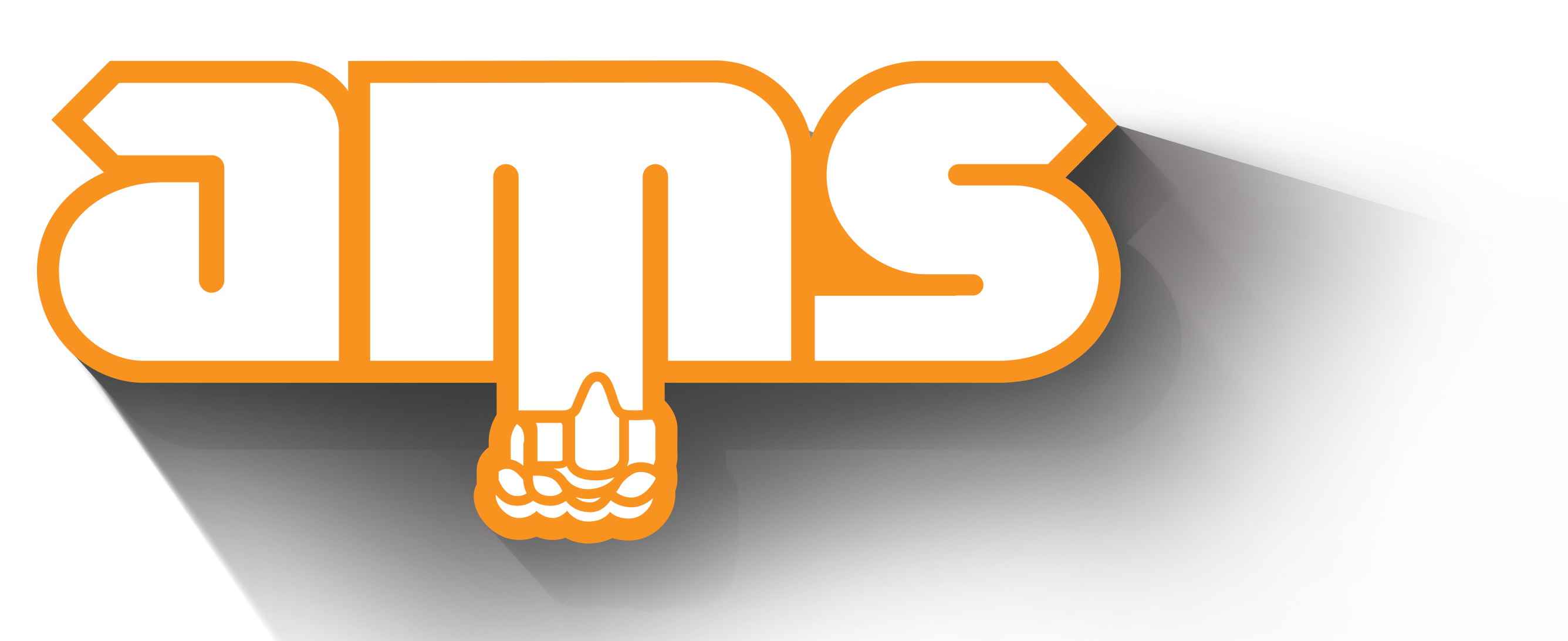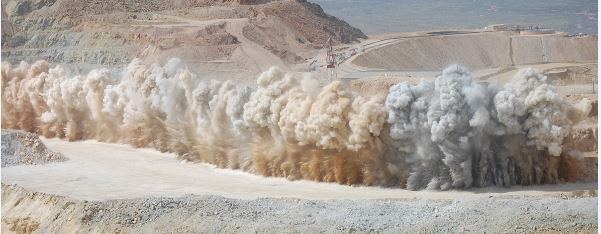Is Drill And Blast Important?
Most mining starts with breaking ground that has been undisturbed for many millions of years. Any metal or mineral that is extracted from the earth, requires the ground to be broken up before this process can begin. Including gold, most metals and minerals are locked up inside the earth’s rock.
In some cases, the ground can be dug by hand or with the use of mechanical devices such as front-end loaders, large mobile scrapers, hydraulic excavators or large 100 tonne rope shovels. This softer, weathered ground is known as “free dig” as it doesn’t require the use of explosives to break it up.
The deeper we go into the earth, the ground gets harder and harder, to the point where it can no longer be “freely dug”. It then requires greater energy to break the rock into manageable pieces, which is currently done in the most efficient way by using explosives. In order to get the explosives into the ground, the holes must be drilled first.
The holes are drilled using drill rigs with either a cutting tool rotating at the bottom of the drill pipe or through pneumatic pressure driving a hammer that strikes the rock. Both methods act to chisel away at the rock.
Explosives break the ground through the rapid expansion of gases in a confined space that cause the rock to break as the gases gain an equalizing pressure with the atmosphere. Appropriate design is used to ensure that the diameter of the holes matches the spacing and burden between them. This ensures the energy distributed by the expanding gases from the explosives will sufficiently break the rock.
When blasting, the idea is to break the rock and leave it as close to the original position as possible. This is for grade control purposes to delineate ore and waste and to limit contamination with surrounding areas.
Breaking the ground serves two purposes, firstly it enables the relocation of the ground to a place where it can be processed and secondly it serves to start the process of further breaking the ground down to smaller and smaller parts to extract the metals and minerals. Once the ground can be moved, it can then be processed through mechanical crushing, then a milling process and finally a chemical extraction process to extract the desired metal or mineral.
Appreciating the enormity of a mine site and that every square metre of rock needs to be broken, efficiency becomes a major part of the process. The efficiency should be considered as the least amount of energy needed to maximise the breakage of the rock. Therefore, the least amount of energy is generally in line with the least amount of time taken from start to finish of the process.
The main steps in the process being;
1. Planning and designing the area to be broken
2. Access to the area
3. Drilling the holes
4. Charging the holes with explosives
5. Firing or exploding the ground
6. Checking the shot (blasted ground) for completeness
Using the best machinery and parts during this process will greatly increase the efficiency of the drill and blast process and therefore increase the efficiency of mining. Ultimately lowering the overall cost of mining. The first process of breaking the ground makes the start of the whole mining process extremely important!





